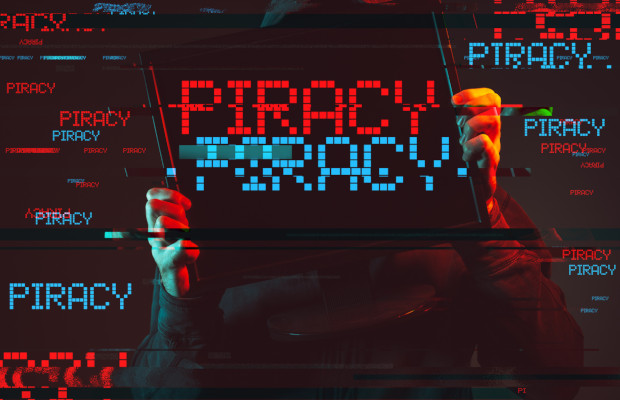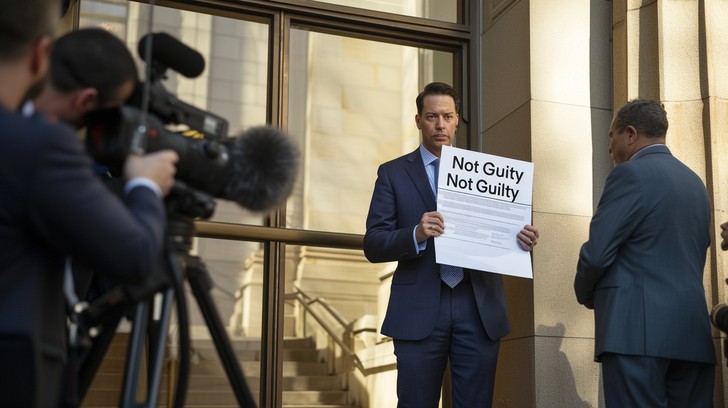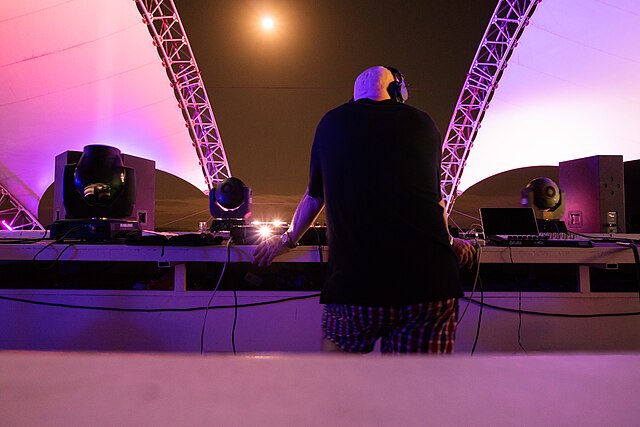Now Reading: Piracy in Cinema and Law
-
01
Piracy in Cinema and Law

Piracy in Cinema and Law
Definition of piracy
Piracy refers to the unauthorized duplication of a copyrighted book, recording, television program, patented invention, trademarked product etc. For example- The record industry is beset with piracy .
Copying digital content without permission of the content creator is stealing. It is the practice of illegally copying and distributing copyrighted content digitally without permission, such as music or software.
Types of piracy
- Counterfeiting: It is the illegal duplication, distribution or sale of copyrighted material. For example- CD writers are available at very low prices making music piracy easy.
- Internet Piracy: It is the act of software downloaded from the internet websites that make software available for free download or in exchange for others.
- End-User Piracy: It is the act of an individual reproduces copies of software without authorization copying discs for installation or distribution.
- Client-Server Overuse: This type of piracy occurs when too many users on a network are using a central copy of a program at the same time.
- Hard-Disk loading: It is the act where business sells new computers with illegal copies of software loaded onto the hard disks to make the purchase of the machines more attractive.
Copyright, Piracy and The Film Industry:
Intellectual Property can be divided into two categories, Industrial property (which includes inventions , patents, trademarks, trade secrets and industrial designs) and copyrights. Copyrights cover original works of authorship fixed in any tangible medium of expression, which includes inter alia literary, musical, scientific, dramatic and sound recordings. First, Copyrights protect only the expression of ideas not the idea themselves. Second , with the development of digital technology, “works of authorship” are no longer fixed in any tangible medium of expression. Copyright industry continued to be one of the fastest growing industry . There are two classifications of copyright industries:
- The core copyright industries, which include those create copyrighted works as their primary product: the motion picture industry, the recording industry, the music publishing industry, the book and newspaper publishing industry .
- The core industries and other industries that create, distribute or depend on copyrighted works such as sales of audio, video and books.
In India , Intellectual Property has seen drastic growth in the last decade which can be traced to both a gradual increase in awareness on IP laws (Trademarks, Patents and Copyright ) for industry growth. India stands on 36th position on the index which is chartered by the US. Chamber of Commerce’s Global Innovation Policy Center (GIPC). The jump is the highest gain any country on the list made for the year 2019.
While the copyright industries suffered huge profit losses due to piracy. Because illegal distribution and sales are private acts, the data are estimated from very limited information. It is questionable that each illegal copy would displace a sale at standard market prices.
Piracy is the unauthorized use or reproduction of another’s work. Piracy and counterfeiting are growing and deprived the Indian entertainment industry of some $4 billion ( Rs16,240 crore) as well as 820,000 jobs, according to the first Bollywood- Hollywood study to be unveiled at the FICCI frames conference. Piracy remains a growing threat in movie industry . Like other copyright industries, piracy is affecting the film industry globally. There is no doubt that piracy has eaten into the business of cinema. It has affected films even before their release. Kabali, Bahubali, Great Grand Masti and Udta Punjab has been downloaded illegally 24.76 lakh times .
Law of Copyright in India
Copyright is a right by the law to creators of literary , dramatic, musical and producers of cinematograph films. It grants protection to the original creators of authorship such as literary works including computer programs and compilations.
Under Section 13 of the Copyright Act 1957, copyright protection is conferred on literary, dramatic, musical and artistic work and cinematograph films and sound recordings from an unauthorized uses. Unlike the case with patents , copyright protects the expression and not the ideas. There is no copyright in an idea.
Copyright refers to a bundle of exclusive rights vested in the owner of copyright by Section 14 of the Act. These rights can be exercised only by the owner of copyright or any other person who is duly licensed in this regard by the owner of copyright. These rights include the right of adaption , right of reproduction, right of publication, right to make translations , communication to public etc. It is always advisable to obtain a registration for protection. Copyright registration does not confer any rights and a proof of an entry in respect of the work in the copyright Register maintained by the Registrar of Copyrights.
Cinematograph Film
Cinematograph film means any work of visual recording or any medium produced through a process from which a moving image may be produced by any mean and includes a sound recording accompanying such visual recording and “cinematograph” shall be construed as including any work produced by any process to cinematography including video films .
Rights in a Cinematograph Film
In the case of a Cinematograph Film, copyright means the exclusive right
- To make a copy of the film including a photograph of an image.
- To sell or give on hire or offer for sale or hire a copy of the film.
- To communicate the Cinematograph Film to the public.
Copyright Infringements
The following are some of the commonly known acts involving infringement of copyright:
- Making infringing copies for sale or hire or selling or letting them for hire;
- Permitting any place for the performance of work in public where such performance constitutes infringement of copyright;
- Distributing infringing copies for the purpose of trade or to such an extent so as to affect the interest of the owner of copyright;
- Public exhibition of infringing copies by way of trade and
- Importation of infringing copies into India.
Estimating the Effects of Movie Piracy on Box-office
India’s population who wants to consume free content is responsible for online film piracy as it rose 62% in India in the month of March according to digital piracy authority MUSO Film piracy has increased in other countries too. All cinema Halls are closed and people are spending their time watching television and web originals. Piracy extends to web originals . The second season of Netflix’s crime thriller Sacred Games had found pirated videos circulating on telegram app and on other websites. Copyright infringement and other forms of intellectual property have become a large problem around the world even a small amount of infringement can generate absolute losses to property rights/holders .
Punishment of Piracy
The union of India issued an amendment to the Cinematograph Act 1952. It ensures that no person without written authorization of the author be permitted to use any audio visual recording device to make or transmit copy of a film .
The punishment for this is generally imprisonment for a term of 3 years, a fine , or both .
Prevention of Piracy
- National IPR policy , 2016 with its strong focus on protection of IP is a right step forward.
- OTT platforms are a welcome step in curbing the piracy as well.
- Innovations in technology of digital cinema enabled films to be released across the country and cut production and distributions costs
- Another innovation is direct to home or satellite television broadcast intended for satellite to home reception which is transparent and accurate way to view figures and the entries of companies.
Conclusion
Many laws have been made to prevent piracy but there is nothing which can stop this in near future .we need to resolve a number of issues about piracy and permits on-going piracy to be detected early.
References
- https://www.nortonlifelock.com/us/en/legal/anti-piracy/types-piracy/
- https://www.jstor.org/
- http://www.legalserviceindia.com/article/l195-Copyright-Law-in-India.html
- https://economictimes.indiatimes.com
- https://www.thehindu.com
- https://www.livemint.com
Author: Aprajita Sharma, Legal Intern at Legal Desire (June 2020)










